Biography
A woman who was born for happiness to love and be beloved, raise children, learn beautiful. A woman whose stake had such troubles and misfortunes that would be broken even strong men. So the literary critic and human rights activist Lev Copellev about Evgenia Ginzburg appeared. The biography of the writer and the journalist is another testimony of terrible Stalinist repression.Childhood and youth
Evgenia Solomonovna Ginzburg was born in December 1904 in Moscow. In five years, the family moved to Kazan, where Sister Evgenia - Natalia was born. Parents Solomon Abramovich and Rebeka Markovna before the revolution owned a pharmacy. The Ginzburg family knew well and respected in Kazan. As liked by the situation, father and mother wanted to send an elder daughter to study abroad - to the University of Geneva, but the plans confused the revolution of 1917.
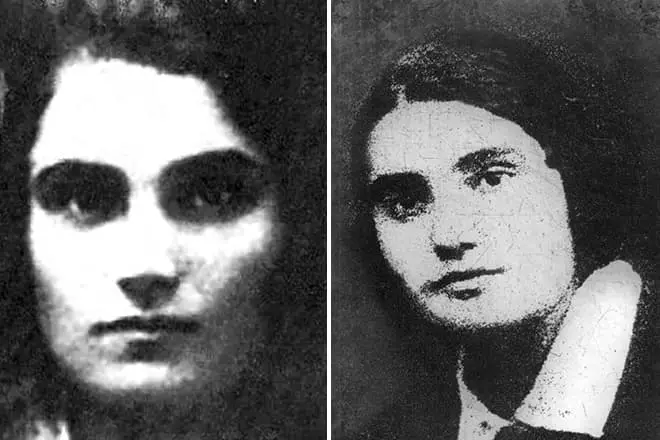
Evgenia received education at the Kazan University and the Eastern Pedagogical Institute, where he studied philology and history. After the end of the institute, he defended his thesis, took up journalism - he worked as the head of the department of culture in the editorial office of the newspaper "Red Tatar", and also taught the party history. Ginzburg was perfectly owned by French and German, during the residence in Kazan, Tatarsky mastered.
At age 28, as the teacher of public sciences is supposed to enter the ranks of the Communist Party. As later she wrote, if they ordered, would give life for her. Natalia's sister chose a scientific path - became a sociologist, worked in the Leningrad Financial and Economic Institute, and wrote poems.
Creation
When it comes to talking about literary works telling about Stalin's repressions, first of all call the authors - Varlam Shalamov, Alexander Solzhenitsyn. But the memoirs of Evgenia Ginzburg "cool route" - the same evidence of the horrors and the human courage of that era. In this work, it was reflected by all seen and experienced by this woman for ten years of camps and eight years of reference.
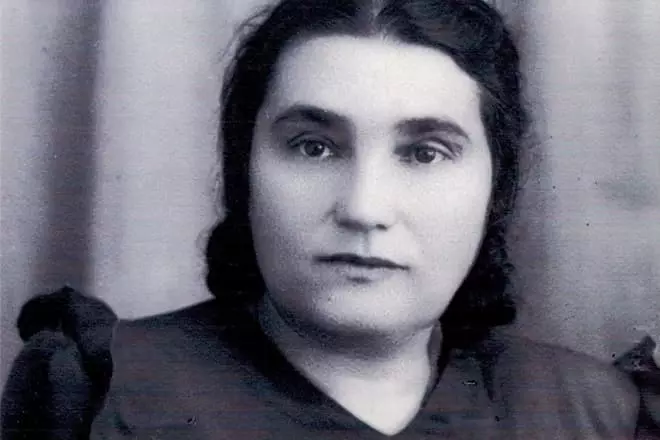
The autobiographical novel is not completely memories of the victim, rather, the notes of the observer. Ginsburg's interest in those parties to life that opened in the dungeons helped to distract their own suffering. The inhuman conditions of existence dispelled the illusions and forced a new look at human relations. What it was necessary to have an inner rod, so as not to break from pity for yourself, but to remember poems and, as she wrote in the chapter "Seventh car", to carry out parallels between the Decembrists walking on stage and wives.
The first part of the "steep route" was written in 1967, at the same time it became widely distributed in the Soviet Union samizdat. The second saw the light in 1975-1977. For the first time, but without the author of the author, the novel was published in Italy. The USSR authorities dared to officially publish the "steep route" only in 1988.
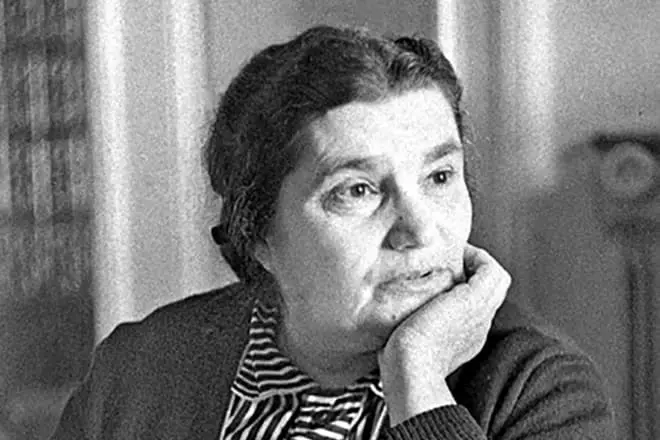
According to some information, living in Lviv, Ginsburg wrote another version of the "steep route" - "Under the Seni of Luciferov Wing", more sharp and intolerable in relation to Stalinism. But in 1965 destroyed the manuscript and drafts, fearing the new arrest and links.
Based on the novel by the famous director of Galina Volchek, the performance of the "cool route" was delivered. The roles of the stars of the Russian scene and cinema Marina Neelova, Nina Doroshin, Alla Pokrovskaya. In 2009, the Union of Cinematographers from Germany, Poland and Belgium made an attempt to remove the feature film based on the book, but did not conquer a big audience.
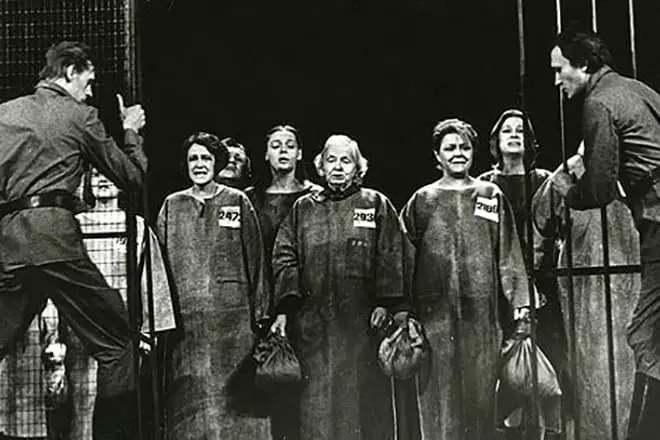
In Lviv, where the family moved after rehabilitation, the literary activity of Ginzburg was developed. The apartment has become, in fact, in the literary salon, where the creative elite of the city was going. In those known in those years, the journals "Youth" and "New World" have been published by its articles, the story "students of the twenties", "Unified Labor", "Youth". Some Works of Ginzburg went out in the press under the pseudonym E. Aksenov.
Personal life
Personal life Evgenia Ginzburg is no less dramatic as the time in which she lived. In 20 years, the girl met the Leningrad physician Dmitry Fedorov, for whom he was married. After two years, the son of Alexey was born, but after a while the family broke up. Father and son died in 1941 in Blocade Leningrad.
In the 1930s Ginzburg as a delegate of the Pedagogical Institute, where she then worked, participated in the party conference in Moscow. There she met her second husband Paul Aksenov. In 1932, the son was born the son of Vasily.
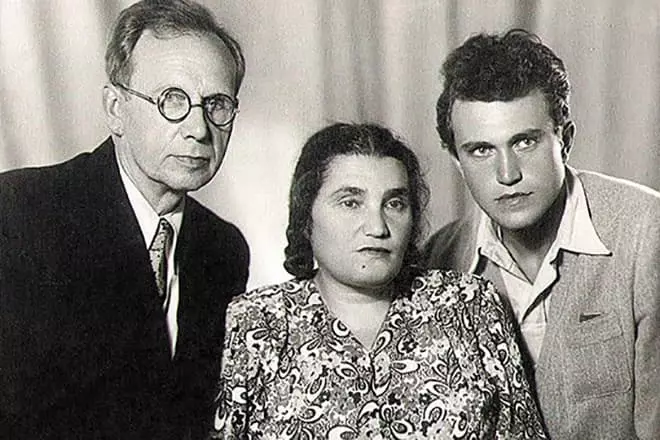
Pavel Aksenov made a good career in the party line: was the chairman of the Kazan City Council, a member of the Bureau of the Tatar Committee of the CPSU. The family was provided with an elite apartment, a service car, a nanny looked after Vasily.
Everything has changed dramatically in 1935, after the murder of Sergei Kirov, the head of the Leningrad Parlor. This fact became a reason for the total cleaning of party rows, identifying "unreliable". The first call for Eugene sounded when she was blamed that she did not expose his colleague - Trotskyist Elfova, who was working in the editorial office of Red Tataria. Evgenia announced a reprimand, excluded from the party and removed from teaching.
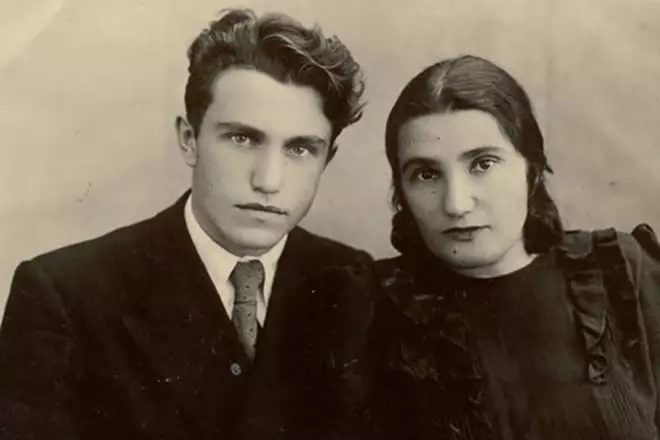
In 1937, Ginzburg itself was arrested, later Aksenov. Both, being jerky adherents of communist ideas, considered the arrest of a monstrous mistake. Existence on 58 article, Evgenia Ginzburg sent to Kolyma. The camp conclusion could be called success, since convicts for such a article were shot at most.
Being in conclusion, Eugene worked in different places, including in the camp hospital. The doctor Anton Walter worked there. With Him Ginzburg began to live after liberation in 1947 the remaining years of references in Magadan. She achieved her son Vasily to be allowed to come to her. Together with the Walter, the girl Antonina launched.
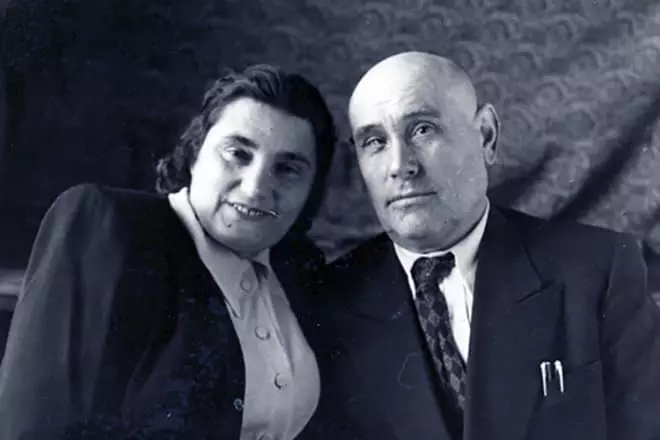
Antonina is a classmate Leonid Filatov and Ivan the Dykhovichny, a professional actress, lives in Germany. As she told in an interview, the mother did not wait for the Vasin Father, as she was told that Paul was shot. Vasily Aksenova after the arrest of parents was placed in an orphanage, from where his father's relatives with great difficulty were taken, after preventing the boy the name and surname.
In 1949, Yevgeny Ginzburg were arrested again. This time "lucky" more - the conclusion lasts a month. Once again, the threat of arrest hung in 1953, and only the death of Stalin stopped a new wave of repression. In 1952, Eugene partially restored in rights, in 1954 rehabilitated, but for ten years she was forbidden to live in large cities (Ginzburg was able to move to Moscow in 1966). Walter rehabilitated only in 1958, and a year later, a man died.
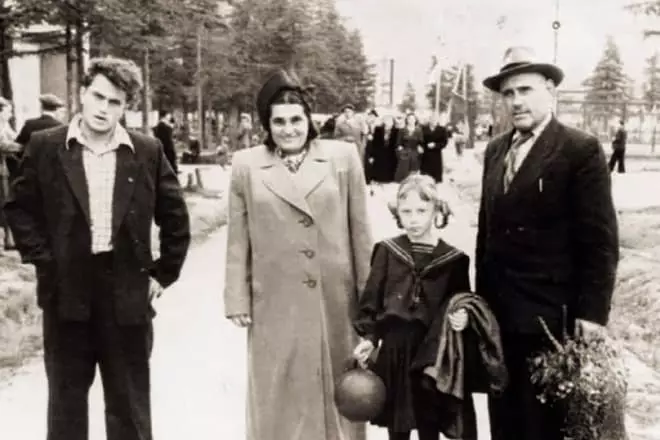
Evgenia Ginzburg, according to his daughter, in any company was the focus of attention, attracted people to aristocracy, the liveliness of the mind, optimism, an incredible power of will. The family life was built on the adoration of the son of Vasily, who later became the World Celebrity. Vasily Aksenov is a writer, publicist, author of popular works.
He was also challenged to know the limitations of freedom of speech. And for this reason, the writer left the country. Before leaving for him, an attempt was made, later described by him in the novel "The Mysterious Passion". In the 1970s, with the son of Ginzburg managed to visit Germany and France. In the network in free access posted photos of the family.
Death
Evgenia Ginzburg died in 1977. The cause of death was breast cancer, the disease writer thoroughly hid. He was buried at Kuzminsky Cemetery in Moscow.Bibliography
- 1927 - "Studying the October Revolution at the School of the Second Steps"
- 1963 - "So started. Notes teacher "
- 1967 - "Cool route", part I
- 1975-1977 - "Cool Route", Part II
